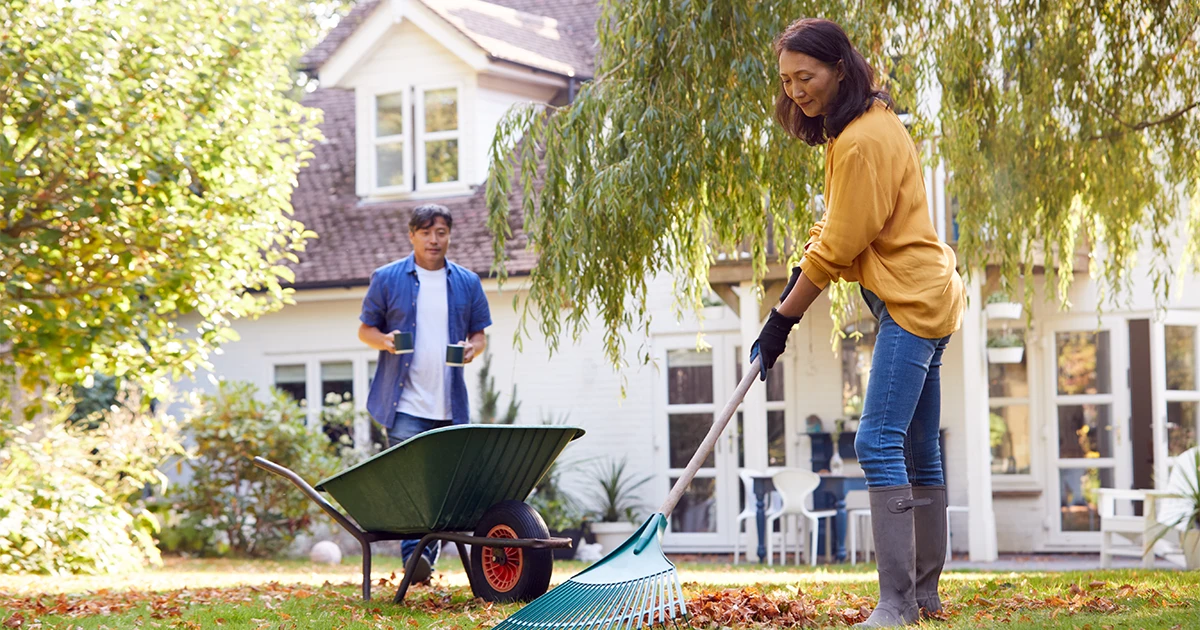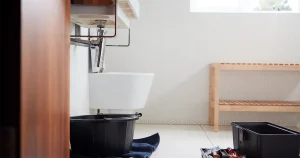In this article:
- Why Fall Home Maintenance Is Important
- Exterior Home Maintenance
- - Clean Gutters and Downspouts
- - Inspect the Roof
- - Inspect the Exterior Fireplace and Clean the Chimney
- - Weatherproof Decks and Patios
- - Insulate Doors and Windows
- Fall Landscaping
- - Trim Trees and Bushes
- - Aerate the Lawn and Fertilize
Summer days come and go quickly, and before you know it, it’s time to get your home ready for fall. Preparing for autumn and winter weather ahead of time helps avoid future costly repairs and makes your home cozier and more energy efficient as the cold weather sets in. This fall home maintenance checklist will guide you through the key areas to address so you can enjoy a comfortable and worry-free season ahead.
Why Fall Home Maintenance Is Important
Fall home maintenance is essential for creating a safe, comfortable, and energy-efficient environment as colder months approach. By taking care of certain tasks now, homeowners can prevent common seasonal hazards, reduce energy expenses, and ensure their property remains protected from harsh winter conditions. Here’s a closer look at why each of these aspects is so important.

1. Safety:
Addressing safety issues in the fall can significantly reduce the risk of seasonal accidents and home damage. Tasks like cleaning the chimney and inspecting the roof help prevent serious hazards, such as chimney fires, which result from creosote buildup, or roof leaks that develop from worn shingles or damaged flashing. Likewise, clearing gutters and downspouts ensures water is safely directed away from the foundation, reducing the risk of basement flooding, mold, and structural damage. By tackling these concerns before winter, you protect both your home and the people inside it.
2. Comfort:
A well-prepared home means a comfortable, warm interior as temperatures drop. Ensuring proper insulation and checking your heating systems in the fall keeps your home cozy, as drafts and heating issues are minimized. By sealing gaps around doors and windows and insulating areas like attics and basements, you prevent cold air from entering, which keeps the indoor temperature stable and reduces the strain on your heating system. This added comfort is especially valuable as the days get shorter and nights colder, creating a pleasant living environment for your family and guests.
3. Energy Efficiency:
Fall maintenance tasks, such as sealing windows, replacing damaged weatherstripping, and inspecting heating systems, play a big role in managing energy use. When your home is properly insulated and drafts are sealed, your heating system doesn’t have to work as hard, which translates to lower energy bills and a reduced carbon footprint. Additionally, routine maintenance, like cleaning filters and having your heating system inspected, improves its efficiency and helps prevent unexpected breakdowns that could leave you in the cold and drive up repair costs. Prioritizing energy efficiency not only reduces costs but also contributes to a more sustainable home.
Exterior Home Maintenance
The exterior of your home is your first line of defense against the elements. By focusing on key maintenance tasks in the fall, you can protect your property from the impacts of wind, rain, and freezing temperatures while keeping it welcoming and energy-efficient.
Attending to these exterior maintenance tasks in the fall helps preserve your home’s structure, improves energy efficiency, and keeps your property safe and inviting throughout the colder months. Taking proactive steps now means fewer unexpected repairs and a cozy, well-protected home all winter long.
Clean Gutters and Downspouts
During the fall, leaves, sticks, and debris frequently collect in gutters and downspouts, which can lead to blockages. Clogged gutters cause water to overflow, which may damage the roof, siding, and even the foundation by allowing moisture to seep into unwanted areas. Regularly clearing these blockages not only protects your home’s structure but also ensures water flows away from the house, reducing the risk of foundation cracks and basement leaks. Consider installing gutter guards to reduce future buildup, especially if your home is surrounded by trees.
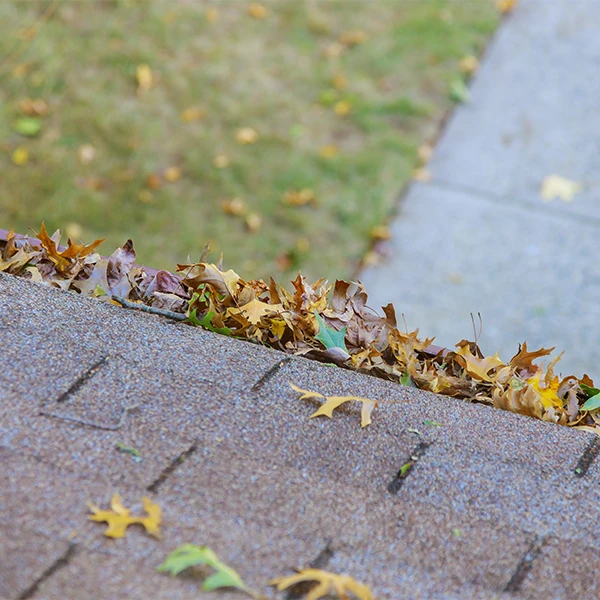
Inspect the Roof
Your roof is one of the most vulnerable parts of your home, especially during fall and winter when rain and snow can expose any weak points. Examine your roof for cracked, loose, or missing shingles that may allow water to enter. Pay close attention to areas around chimneys, skylights, and roof valleys, as these spots are prone to leaks. If climbing and inspecting the roof feels unsafe, hiring a professional can help ensure a thorough assessment, giving you peace of mind as winter approaches.
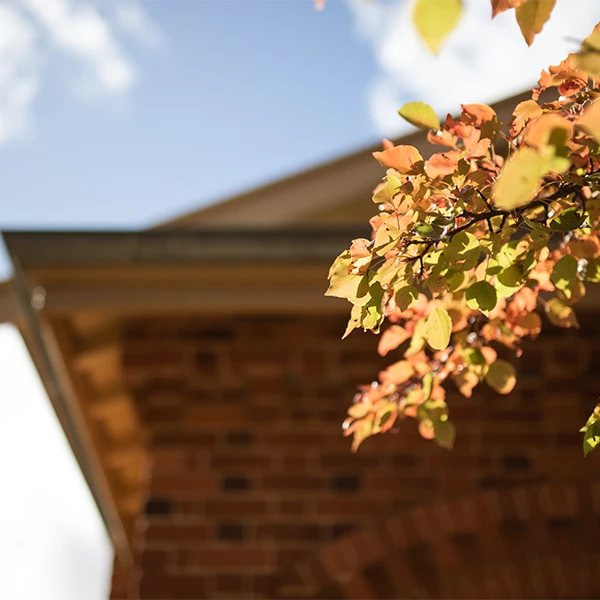
Inspect the Exterior Fireplace and Clean the Chimney
If you use a fireplace, especially a wood-burning one, having your chimney professionally cleaned is essential. Over time, creosote—a byproduct of burning wood—builds up in the chimney and can become highly flammable, posing a serious fire risk. A professional chimney sweep can remove this buildup, inspect for structural issues, and check for cracks in the chimney cap or mortar joints, helping you avoid potential fire hazards. Fall is the ideal time for this task, ensuring that your fireplace is safe and ready for cozy winter nights.

Weatherproof Decks and Patios
Preparing your deck and patio for fall can help maintain these spaces and even extend their usability into the colder months. Start by giving these areas a thorough cleaning to remove dirt, leaves, and debris that could cause staining or damage. Inspect for any loose boards, cracks, or splinters and repair them promptly to prevent further weather-related wear. Explore some cold-weather patio ideas to make your deck or patio a cozy spot for fall. Consider adding weatherproof furniture covers, outdoor rugs, and patio heaters or fire pits.

Insulate Doors and Windows
Windows and doors are primary areas where heat escapes, which can drive up your energy costs and make your home feel drafty. Adding weather stripping or caulking to seal gaps around doors and windows helps retain heat, reduces drafts, and enhances energy efficiency. For an extra layer of insulation, consider installing storm windows or using thermal curtains during the colder months. These simple measures can significantly lower your heating bills while making your home more comfortable as temperatures drop.
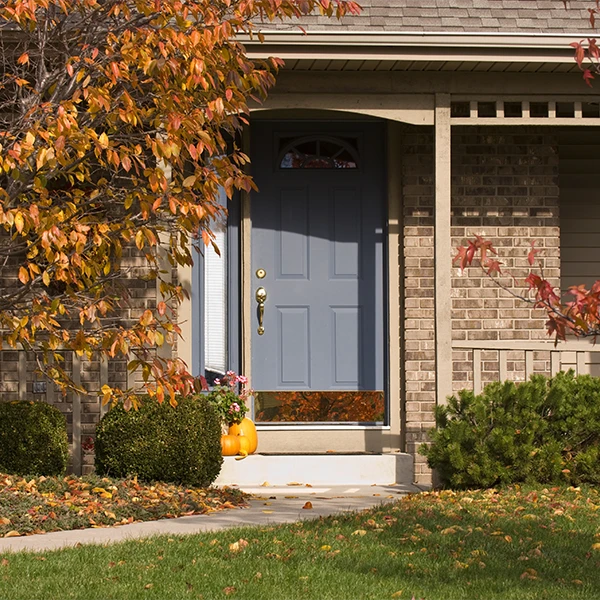
Fall Landscaping
Landscaping work done in the fall not only keeps your yard looking neat but also prepares it to thrive when spring arrives. These simple steps contribute to a healthy, well-maintained yard that’s ready to withstand the winter weather and come back strong in the spring. For the avid gardners, there are many seasonal garden design ideas to enjoy the backyard nature all year long.
Trim Trees and Bushes
Fall is an ideal time to prune overgrown bushes and trees, as many plants go dormant in colder weather. Trimming back branches improves air circulation, prevents potential storm damage, and keeps overgrowth away from windows, roofs, and gutters. Pruning away dead or damaged branches also promotes healthier growth, allowing the plant to focus its energy on stronger limbs come spring.
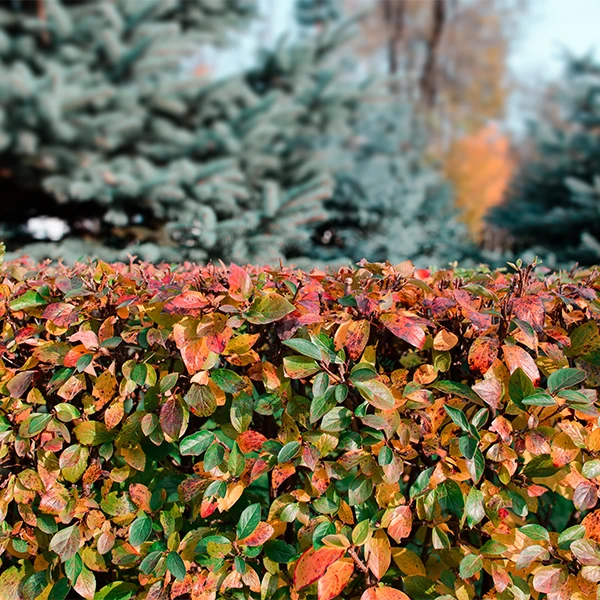
Aerate the Lawn and Fertilize
Aerating your lawn involves creating small holes in the soil to alleviate compaction and allow air, water, and nutrients to reach the roots more effectively. Aeration, followed by fall fertilization, prepares grass for the coming season by nourishing roots and supporting thick, green spring growth. Choose a fertilizer designed for fall to ensure your lawn receives the right nutrients for cooler temperatures.

Store Outdoor Furniture
Fall winds and rain can be tough on outdoor furniture, causing fading, rust, or other wear. To preserve its quality, bring furniture indoors to a shed or garage, or cover it with heavy-duty, waterproof material if storage space is limited. Taking these steps can extend the life of your outdoor pieces, keeping them ready for use when warmer weather returns.
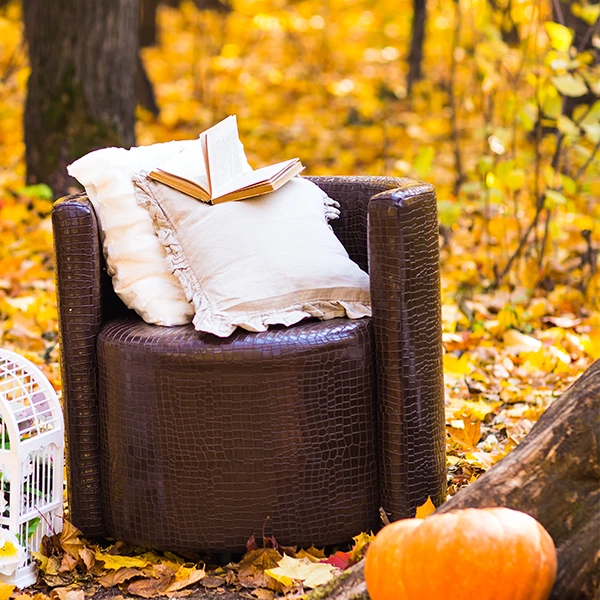
Secure Outdoor Faucets and Hoses
As temperatures drop, water left in outdoor pipes, faucets, or hoses can freeze, leading to potential pipe bursts and expensive repairs. Disconnect and drain garden hoses and store them indoors. Insulate outdoor faucets with covers or foam to prevent freezing. These precautions protect your plumbing system and reduce the risk of water damage to your home.
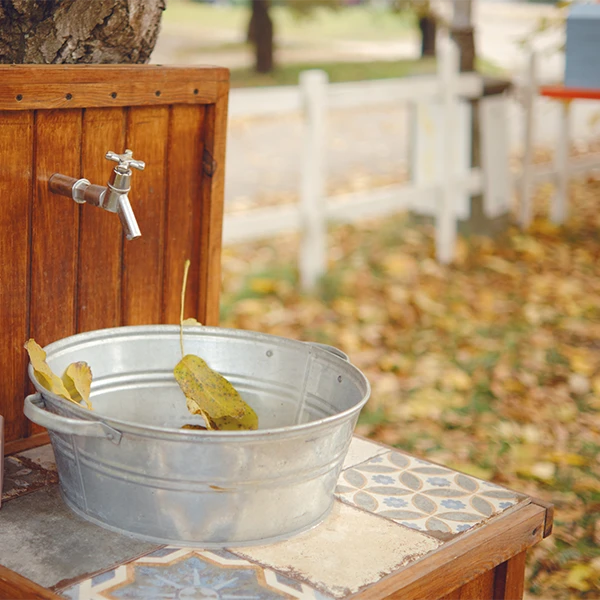
Interior Home Maintenance
Keeping the inside of your home comfortable and energy-efficient is key to a stress-free winter. By addressing these interior maintenance tasks, you can prevent common cold-weather issues and ensure your home stays cozy and safe.
With these proactive steps, you can create a warm, energy-efficient, and well-protected home, ready to face the challenges of the colder months ahead.
Inspect the Heating System
Your heating system is critical to your home’s comfort during the colder months, so it’s essential to make sure it’s running smoothly before temperatures plummet. Clean or replace air filters, examine vents and ducts for blockages, and look out for any unusual sounds or performance issues. Scheduling an annual professional maintenance check will ensure the system is efficient, safe, and ready for winter demands.
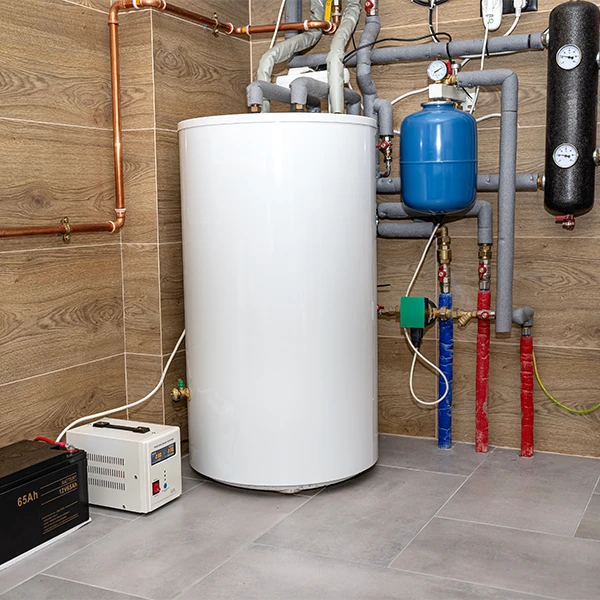
Check Insulation
Adequate insulation reduces heat loss, keeping your home warmer and lowering heating bills. Inspect key areas like the attic, walls, and crawl space for any gaps, drafts, or thin spots in insulation. Adding insulation or upgrading old material is a wise investment that improves energy efficiency and keeps your home comfortable in both winter and summer.
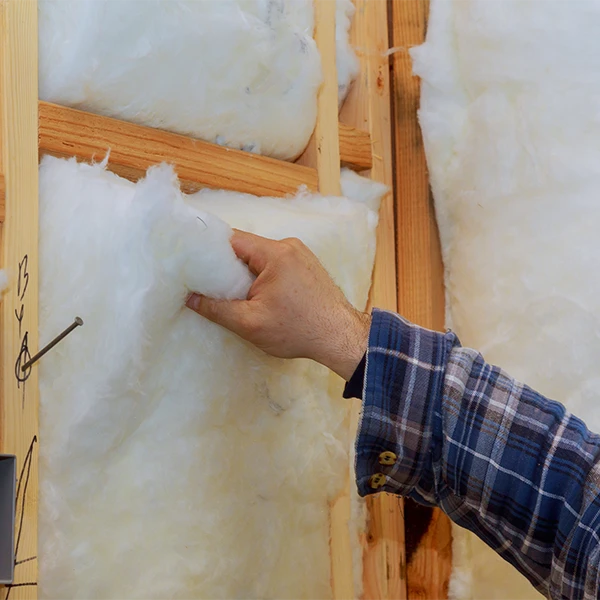
Replace Damaged Weatherstripping
Weatherstripping around doors and windows helps seal out drafts, preventing heat loss and reducing your energy consumption. Examine weatherstripping for any tears, gaps, or deterioration, particularly around frequently used doors and windows. Replacing worn strips is a quick and effective way to block drafts and maintain a consistent indoor temperature.
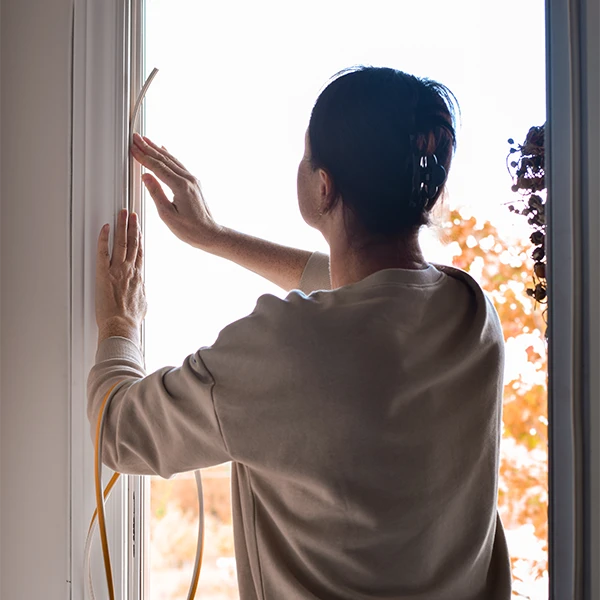
Test Carbon Monoxide and Smoke Detectors
With heating systems in frequent use during the colder months, it’s critical to ensure carbon monoxide and smoke detectors are functioning properly. Test each device, replace batteries as needed, and consider replacing any units that are past their recommended lifespan. Properly working detectors provide a vital layer of protection, alerting you to potential fire or carbon monoxide dangers.
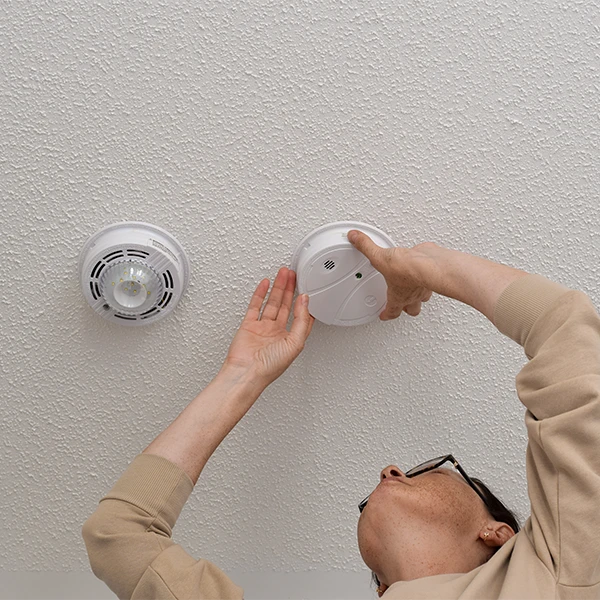
Inspect Plumbing
Frozen pipes are a common concern in winter, especially in unheated areas like basements or crawl spaces. To prevent pipes from freezing, check them for any cracks or blisters that could lead to leaks. Wrap exposed pipes with insulating material, especially in areas prone to cold drafts, and consider letting faucets drip slowly on exceptionally cold nights to keep water moving through the system.
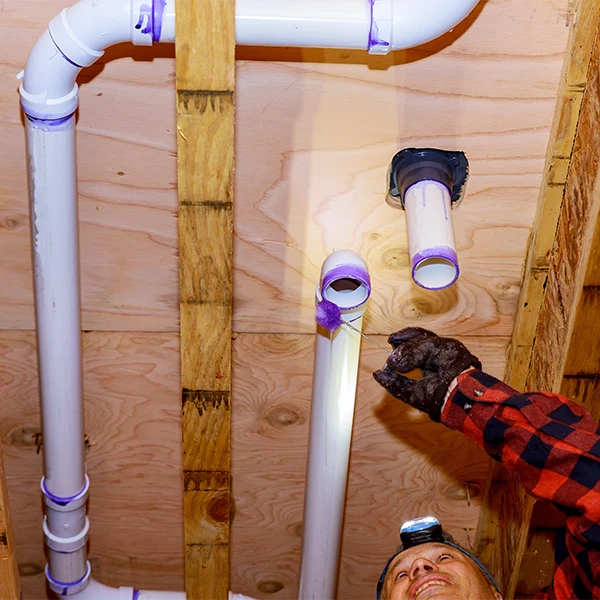
Pest Control
As the weather cools, pests like rodents and insects often seek shelter indoors. To prevent unwanted guests, seal any gaps or cracks around doors, windows, and your home’s foundation. Pay special attention to areas where utilities enter the home, as these are common entry points for pests. If you notice signs of a larger issue, consulting a pest control expert can help keep your home pest-free throughout the winter.
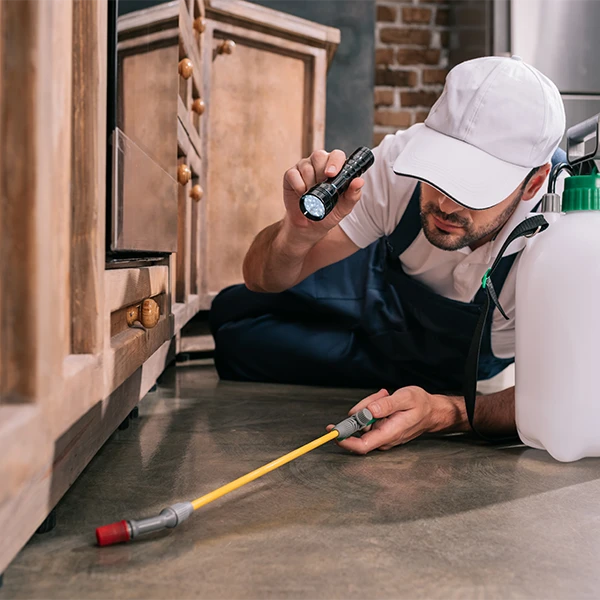
Key Takeaways
Preparing your home for the colder months with fall maintenance helps ensure it stays safe, comfortable, and energy-efficient all season long. Tackling essential tasks for both the interior and exterior keeps your property in top shape and prevents costly repairs down the line.
1. Exterior Maintenance:
Clean gutters, inspect the roof, trim trees, and insulate outdoor faucets to protect your home from water damage, storm impacts, and freezing temperatures.
2. Landscaping:
Preparing your yard by aerating the lawn, fertilizing, and pruning plants supports a healthy landscape that will flourish come spring.
3. Interior Maintenance:
Check your heating system, upgrade insulation, and replace weatherstripping to maintain comfort and reduce energy bills. Safety is also key—test carbon monoxide and smoke detectors and secure plumbing to prevent freezing pipes.
4. Pest Control:
As temperatures drop, seal entry points around your home to keep pests outside where they belong.
With these simple yet impactful steps, your home will be well-equipped to handle the challenges of winter while keeping you safe, cozy, and stress-free.

